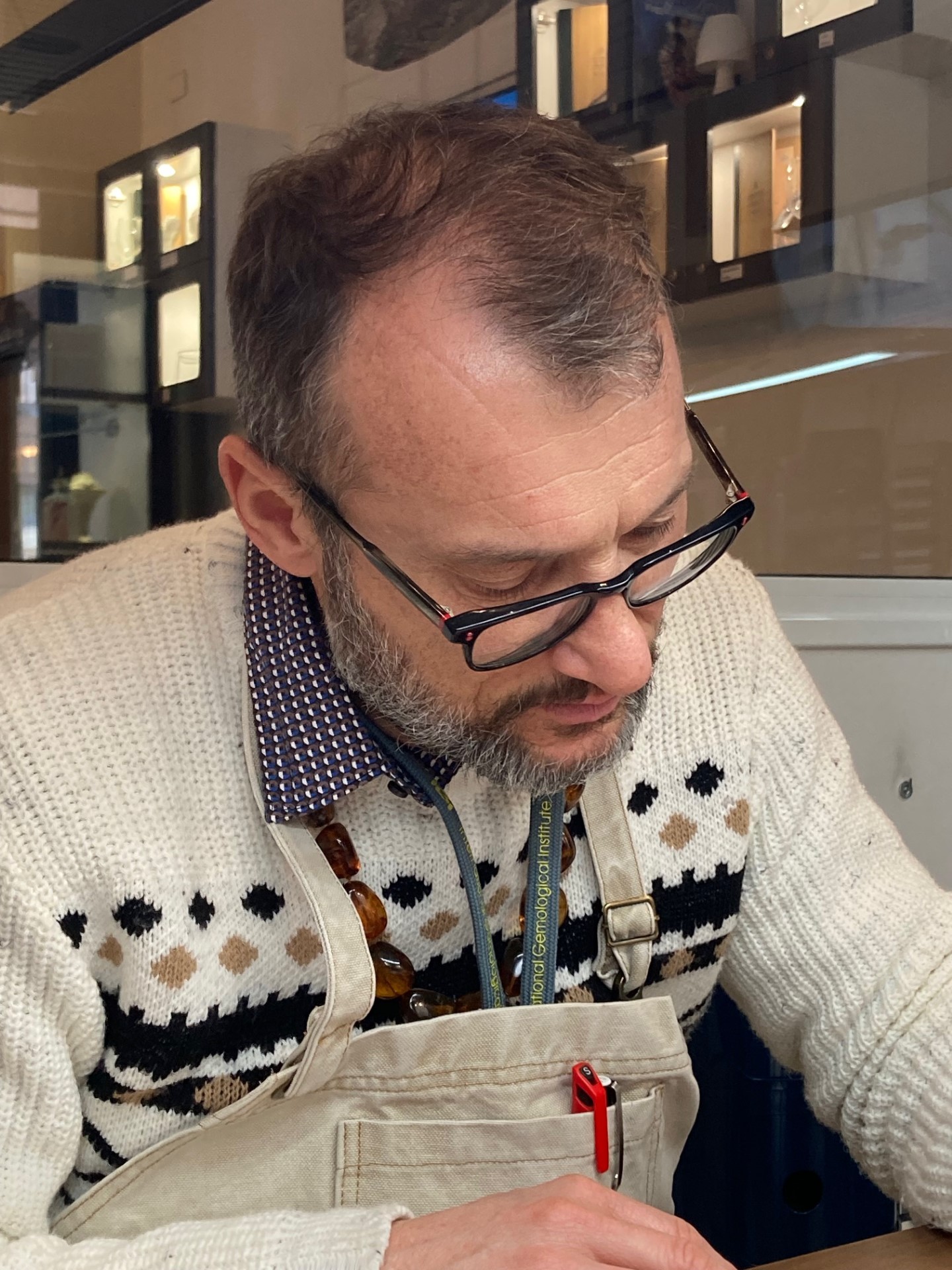Welcome to the home of fine Italian violins, violas and cellos
The most prestigious school of high musical craftmanship in the world
by Luca Farinotti
If we were to organize a parade of all the arts, as in the finale of Wagner’s Mastersingers, probably – writes Gustavo Marchesi in a 1985 essay on Renato Scrollavezza – we would have to put the luthiers in the front row, those who give body to the fluids, who shape the wrappings, which offer the forms, the models of real beauty to researchers of elusive beauty, long feminine lines that follow the thrusts of creation. Italian violin making perhaps represents the high mastery of builders of which the arts and crafts of our history are custodians. And master Scrollavezza – adds Marchesi – is to be considered unquestionably the guide of the sovereign manufacturers. Among the only six Italian members of the Entente Internationale des Maîtres Luthiers et Archetiers d’Art until the 1980s, he was the author of 240 violins, 61 violas, 42 cellos, 5 double basses, 2 viole d’amore, a viola da gamba , a lute, a viella, a clutch bag and a hundred classical guitars. After representing Italy at the Seventh International Exhibition of Contemporary Violin Making in Tokyo and Osaka in 1980, in the same year the maestro decided, despite being pressured by requests from all over the world, to no longer sell instruments. And, from then, until his very recent death, he dedicated all his energy exclusively to the pure research, for his personal satisfaction, of that balance between form and sound which represents the only true “secret” of string instruments. Hence, the creation of an entire orchestra representing Scrollavezza’s master work, a very rare example in the history of violin making: a custom that dates back to Amati and Stradivari, never repeated again, unique in the modern era. Among the missions of makemeitaly.it is that of protecting and preserving, by disseminating their schools and traditions, the prestigious arts of Italian crafts: in her seventeenth-century villa, in the province of Parma, Elisa Scrollavezza, luthier and daughter of Renato, has, together with Andrea Zanrè, the heavy legacy of a profession that represents in all respects one of the pinnacles of the highest Italian craftsmanship. “The Italian school is undoubtedly the most prestigious in the world,” she tells us. “Violin making is a profession that does not risk extinction but which needs students and to keep the concept of the workshop and craftsmanship alive.
Today the Eastern market is organized for industrial mass production and has the power to monopolize the purchase of the finest wood necessary for the creation of violins, violas, cellos and double basses. For this reason, on the market in the East, you can find, surprisingly, instruments made with very fine, top quality wood, for just a few hundred euros. However, between the latter and handcrafted instruments there is an abysmal difference in sound and performance tout court. And the one produced by industry, even if made with the best materials, can never, not even remotely, be compared with a traditional violin. A luthier can produce six or seven very high quality instruments per year, nothing compared to industrial production. It goes without saying, therefore, that violin making is a highly prestigious profession that must be preserved and kept alive by a top-level school. The Italian one was relaunched in the 1930s by Farinacci.
As a propaganda operation – we could also define it as commercial for that era – it still had an important impact in relaunching a specific school that harked back to Stradivari and all the other famous names of the previous centuries. In the meantime, the areas between Parma, Mantua and Turin, but also around Venice, remained, regardless, the heart of Italian violin making”. But if all the precious woods from Eastern European forests end up in China – we ask Elisa – is Italian craftsmanship in danger? “In Italy, in Val di Fiemme, we have the best spruce in the world while, for maple, we can source in the woods of Bosnia. And the profession is not under the risk of extinction, except for the growing lack of new Italian apprentice luthiers. However, it is important that the level of quality requested by users does not dilute as the decades pass, causing a flattening of quality not only of our profession, but also of the ears of the musicians themselves. Our sense of responsibility requires us to exploit modern means of communication to create a virtuous network between luthiers and musicians, as well as to help colleagues around the world to maintain the highest possible level of their art.
For musicians, we are designing a course of study, probably the first in the world, which will enable them to independently carry out the perfect maintenance of their instruments; the acquisition of precise technical skills will give students, first of all, the practical possibility of avoiding continuous and expensive external assistance which, often, given the lack of specific skills typical of certain countries, can be ineffective if not useless. And secondly, it will generate greater awareness of the tool itself. For colleagues around the world, however, we are organizing masterclasses on advanced techniques regarding, for example, acoustic tuning, varnishing (it is a false myth that it determines the quality of the sound of a violin. I often still hear say, even by experts, that the secret of a Stradivarius lies in the magical potion of its varnish, a bit as if it were the mysterious recipe for Nutella, but the original varnish have disappeared completely and have nothing to do with the performance and quality of the instrument) which can play a very important role in conservation, or the details of some complex manufacturing procedures; all this addressed to luthiers who are already quite expert but who have never had the opportunity to come into contact with the so-called workshop secrets.
Well, in this case we can talk about esoteric techniques and procedures, not so much because they are mysterious, but rather because they can hardly be known even by those who have studied in official schools. These are secrets obtained through dedication to the craft, experimentation, sensitivity and a long relationship of interaction with wood, the ability to select it and, finally, to listen to it, as well as with the ear and touch, also with a specifically polite use of the so-called sixth sense”.
It is pleasant to remember – writes Francesco Baroncelli – how these instruments, born from the humblest tree trunk and, at the same time, from human ability, represent one of the most eloquent examples of the understanding between men and nature: and how this understanding is always expressed, pushing men in search of harmony.

Luca Farinotti
you may be also interested in
- 23/03/2024|
by Redazione









